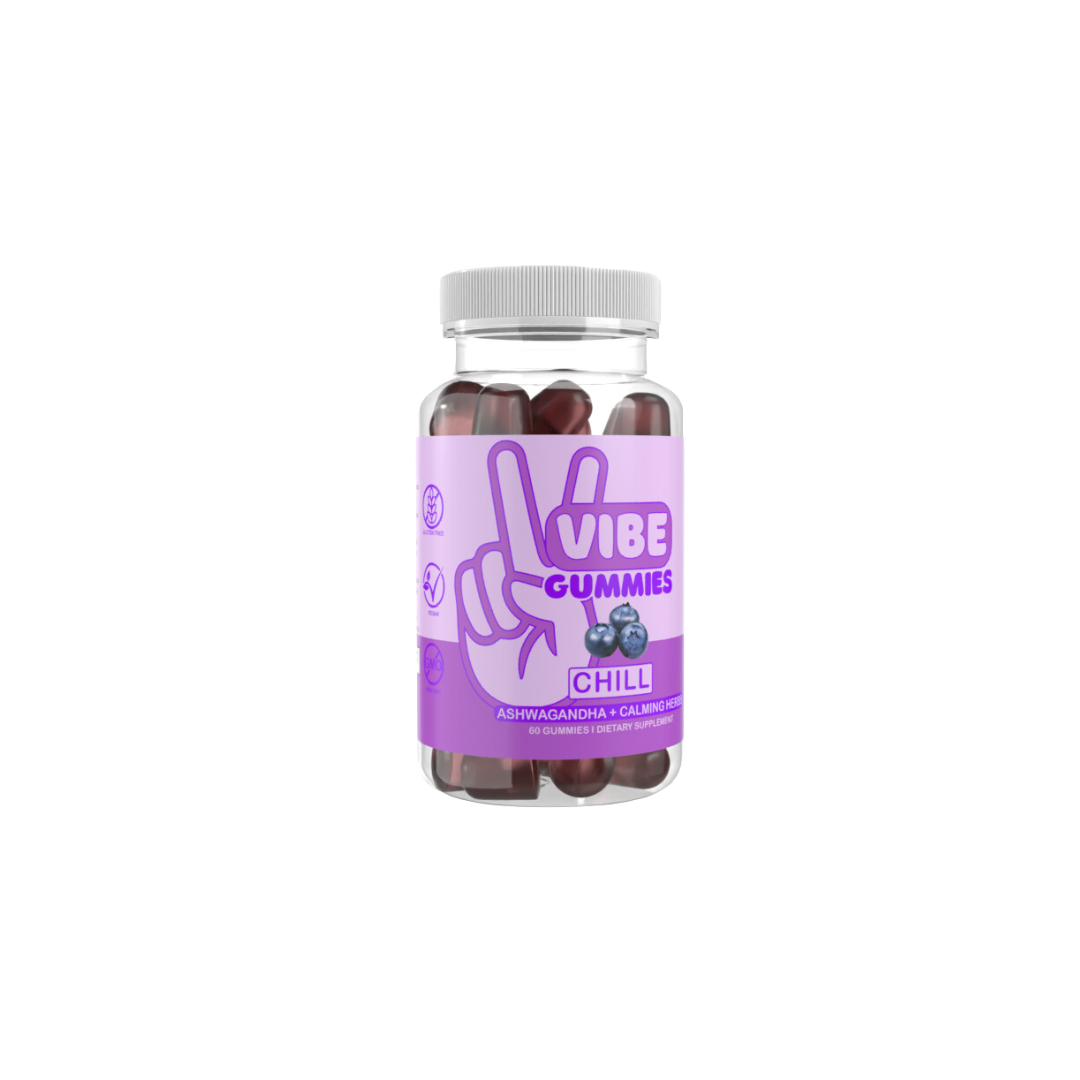Soft Palate Pain Solutions Found
The soft palate, a crucial component of the oral cavity, plays a significant role in our ability to speak, swallow, and breathe. Located at the back of the roof of the mouth, it is a muscular structure that separates the nasal cavity from the oral cavity. However, like any other part of the human body, the soft palate can be susceptible to pain and discomfort, affecting daily activities and overall quality of life. Soft palate pain can stem from various causes, including infections, injuries, and certain medical conditions. Understanding the causes and exploring effective solutions are essential for managing and alleviating this type of pain.
Causes of Soft Palate Pain
Soft palate pain can be attributed to several factors. One common cause is a condition known as glossopharyngeal neuralgia, which involves irritation of the glossopharyngeal nerve that supplies the soft palate. This condition can lead to episodes of severe pain in the back of the throat, including the soft palate area. Other potential causes include tonsillitis, where the tonsils become inflamed, often due to a viral or bacterial infection, and oral thrush, a fungal infection that can cause white patches and soreness in the mouth and throat. Trauma or injury to the soft palate, such as burns from hot foods or drinks or physical accidents, can also result in pain and discomfort.
Diagnostic Approaches
Accurate diagnosis is critical for determining the underlying cause of soft palate pain. A healthcare provider will typically start by conducting a thorough medical history and physical examination, paying particular attention to the throat and oral cavity. They may use a tongue depressor to examine the soft palate and tonsils more closely. Depending on the suspected cause, additional diagnostic tests may be ordered. For example, a throat swab may be taken to culture for bacteria or fungi if an infection is suspected. In some cases, imaging tests like an MRI or CT scan may be recommended to rule out other conditions or to assess the extent of an infection or injury.
Treatment Options
The treatment for soft palate pain largely depends on the identified cause. For infections such as tonsillitis or oral thrush, antibiotic or antifungal medications may be prescribed to combat the underlying infection. Pain relief medications, including over-the-counter options like acetaminophen or ibuprofen, can help manage discomfort and reduce inflammation. In cases of glossopharyngeal neuralgia, medications specifically designed to treat nerve pain, such as carbamazepine or gabapentin, may be recommended. For trauma or injury, gentle care of the affected area, avoiding irritants like spicy or hot foods, and using topical anesthetics for temporary pain relief can be beneficial.
Home Remedies and Self-Care
In addition to medical treatments, several home remedies and self-care practices can provide relief from soft palate pain. Staying hydrated by drinking plenty of water can help keep the throat moist and comfortable. Avoiding irritants such as tobacco smoke, alcohol, and spicy foods can reduce discomfort. Gargling with warm salt water several times a day can help reduce swelling and kill bacteria. Using a humidifier, especially in dry environments, can add moisture to the air, soothing the throat and soft palate. Resting the voice and avoiding loud talking or singing can also help in the healing process, especially if the pain is related to strain or overuse.
Prevention Strategies
Preventing soft palate pain involves maintaining good oral hygiene, avoiding risky behaviors like smoking, and being mindful of dietary choices. Regular dental check-ups can help identify and manage conditions that might lead to soft palate pain. Practicing good hygiene during cold and flu seasons, such as frequent handwashing and avoiding close contact with individuals who are sick, can reduce the risk of infections. Avoiding hot foods and drinks and taking small, gentle bites when eating can also prevent burns and injuries to the soft palate.
Future Directions in Treatment
Research into the causes and treatments of soft palate pain is ongoing, with a focus on developing more effective and targeted therapies. Advances in pharmacology and nerve pain management hold promise for improving treatment outcomes for conditions like glossopharyngeal neuralgia. Additionally, interdisciplinary approaches that combine medical, dental, and dietary interventions may offer comprehensive solutions for managing soft palate pain and preventing its recurrence.
What are the common symptoms of soft palate pain?
+Common symptoms include sharp or dull pain in the back of the throat, difficulty swallowing, and discomfort when speaking. Some individuals may also experience fever, especially if the pain is due to an infection.
How is soft palate pain diagnosed?
+Diagnosis typically involves a physical examination of the throat and mouth, a review of the patient's medical history, and possibly additional tests like throat swabs or imaging studies to determine the underlying cause.
Can soft palate pain be prevented?
+Yes, prevention strategies include maintaining good oral hygiene, avoiding harmful substances, and being cautious with hot foods and drinks. Regular dental check-ups and a healthy lifestyle can also reduce the risk of developing conditions that lead to soft palate pain.
In conclusion, soft palate pain, though often overlooked, can significantly impact an individual’s quality of life. By understanding the potential causes, pursuing appropriate diagnosis, and implementing effective treatment and prevention strategies, it is possible to manage and alleviate this type of pain. As research continues to unveil more about the complex factors contributing to soft palate pain, patients can look forward to more refined and personalized care options.
